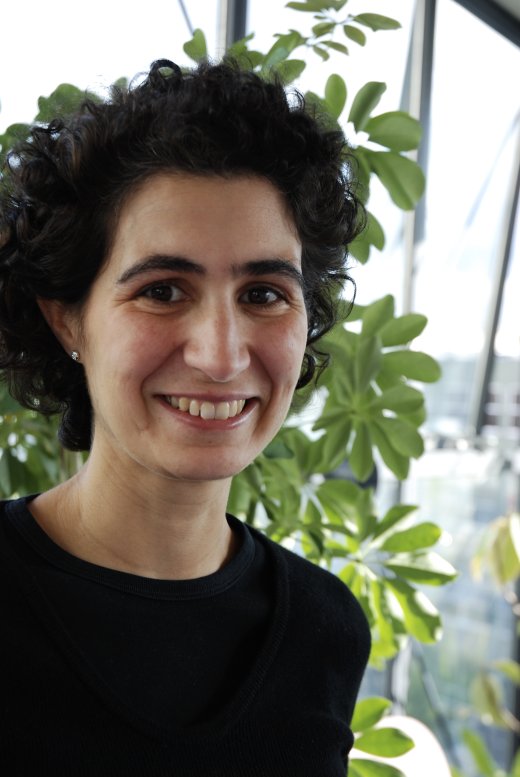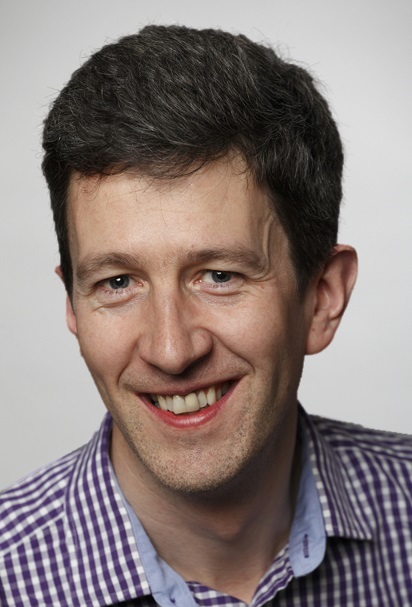 Lourdes Agapito
Lourdes Agapito
Non-rigid 2D and 3D registration
Professor Lourdes Agapito received her BSc in Physics and PhD in Computer Vision from the Universidad Complutense de Madrid in Spain in 1991 and 1996 respectively. She was an EU Marie Curie Postdoctoral Research Fellow with the Robotics Research Group at The University of Oxford from 1997 to 1999 and then held a Postdoctoral Fellowship funded by the Spanish Ministry of Science and Education in the same research group for a further 2 years. In September 2001 she joined Queen Mary, University of London as a Lecturer. In 2007 she was promoted to Senior Lecturer and in 2011 to Reader in Computer Vision. In 2008, she was awarded an ERC Starting Independent Researcher Grant to conduct research in 3D modelling of non-rigid scenes from video sequences. In July 2013 she joined the Computer Science Department at UCL where she leads her research team with 3 PhD students and 3 Postdocs.
 Andrew Fitzgibbon
Andrew Fitzgibbon
VarPro, ICP, lifting, and all that
Abstract: In vision and machine learning, from 3D reconstruction to recommender systems, it is common to see optimization problems of the form
There are a few main strategies for minimizing these problems: block coordinate descent (a.k.a. alternation, “EM-style”, or ICP), joint optimization (a.k.a. lifting or bundle-style), variable projection (VarPro), and the various SGD techniques. For years I have been using lifting to great effect, and I will show examples where it dramatically improves convergence rates and wall-clock speed. Recently, new light has been cast on these alternatives, and I will show examples where VarPro wins hands down. Ultimately, I’ll try to give intuitions that allow you to know into which case your problem falls and when it matters; that is, when it’s important to use the more advanced strategies rather than ICP or SGD.
Joint work with John Hong, Cambridge University, and many others.
Bio: Andrew Fitzgibbon is a principal researcher in the computer vision group at Microsoft Research Cambridge. He is best known for his work on 3D vision, having been a core contributor to the Emmy-award-winning 3D camera tracker “boujou” (www.boujou.com) and Kinect for Xbox 360, but his interests are broad, spanning computer vision, graphics, machine learning, and even a little neuroscience. He has published numerous highly-cited papers, and received many awards for his work, including nine “best paper” prizes, the Silver medal of the Royal Academy of Engineering, and the BCS Roger Needham award. He is a fellow of the Royal Academy of Engineering, the British Computer Society, and the International Association for Pattern Recognition. Before joining Microsoft in 2005, he was a Royal Society University Research Fellow at Oxford University, having previously studied at Edinburgh University, Heriot-Watt University, and University College, Cork.